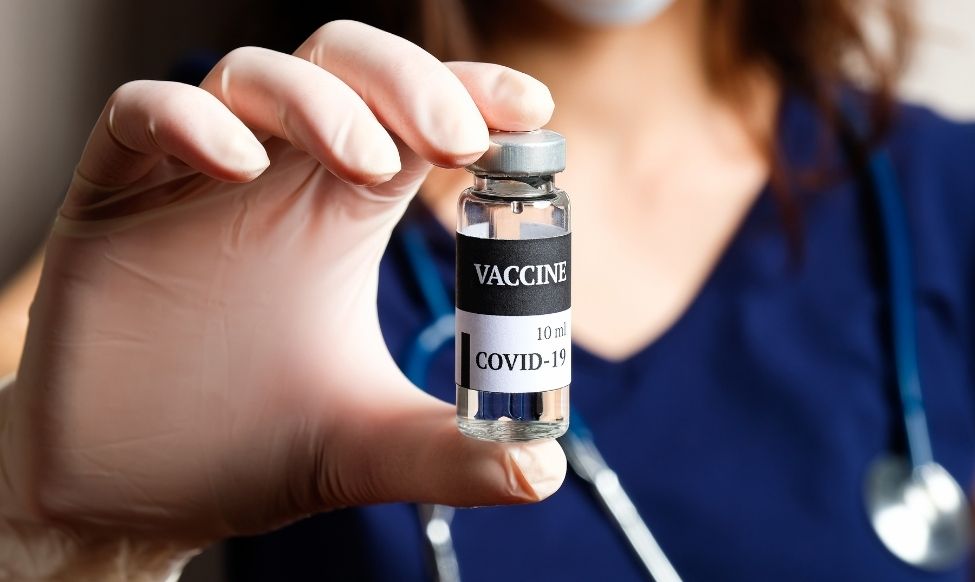By Christine Malafi
As of this writing, more than 300 million COVID-19 vaccines have been administered in the United States, vaccinating about half of the population according to the CDC. 52.4% of people are fully vaccinated and 61.7% have received at least one dose. As vaccination efforts continue, more businesses are reopening, and more employers are returning to an in-person model of working. When the first vaccines were administered in December 2020, the U.S. Equal Employment Opportunity Commission (EEOC) issued guidance regarding employers’ obligations for mandatory COVID-19 vaccines. On May 28, 2021, the EEOC issued new guidance.
Here, we provide a refresher course on the earlier guidance, and a look at the new guidance.
Vaccine Mandates
The December EEOC guidance provided that employers can require that employees get vaccinated as a condition of returning to work if their vaccination policies comply with the Americans with Disabilities Act (“ADA”), Genetic Information Nondiscrimination Act (“GINA”), Title VII of the Civil Rights Act of 1964, and other workplace laws. This information still holds true.
The May 28 EEOC guidance now expressly allows employers to require all employees physically entering the workplace to be vaccinated. However, employers are still required to provide reasonable accommodations to employees due to medical disability or religious beliefs as long as the accommodations do not pose an “undue hardship” on the employer. Examples of reasonable accommodations include wearing a face mask at work, social distancing from other employees, or working from home. Read more about reasonable accommodation and the definition of “undue hardship” in our earlier article here.
On August 23, the Pfizer/BioNTech COVID-19 vaccine was granted full approval by the Food and Drug Administration for individuals 16 years of age and over (while for individuals 12-15 years of age the Pfizer vaccine is still under emergency use authorization). Following the full FDA approval, many employers and entities are now mandating the COVID-19 vaccine for their personnel. For instance, the Pentagon has mandated that the U.S. military receive the vaccine, and many universities, the State University of New York (SUNY) system among them, are mandating the same for their students.
These recent COVID-19 vaccine mandates demonstrates that the FDA’s full approval of the Pfizer vaccine for individuals 16 and over could (and is already) influencing employers, employees, and vaccine mandates. With the FDA’s review of the Moderna and Johnson & Johnson COVID-19 vaccines on the horizon (as Moderna has applied for full approval already), new guidelines on mandatory vaccines will start to come out as the vaccines move from emergency authorization to full approval by the FDA.
Vaccine Reporting
The updated May EEOC guidance clarifies that employers are legally allowed to request documentation of an employee’s vaccination status; however, this documentation is considered medical information, so it must be kept confidential. And, while an employer asking about vaccine status is not covered under the Health Insurance Portability and Accountability Act, it is a violation for employers to ask employees to disclose additional health information such as specific medical reasons or religious beliefs that prohibit their vaccination.
Vaccine Incentives
Under the new May EEOC guidance, employers may offer incentives to employees for receiving the COVID-19 vaccine and showing documentation. Employers should be careful when considering incentives so that their actions are not viewed as coercive and that incentives do not pressure employees to reveal protected medical information.
As new developments related to vaccination mandates occur, the EEOC will provide additional updates, which we will continue to report on as such guidance comes out.
If you are an employer or employee with any questions regarding a mandate of the COVID-19 vaccine, reporting, and incentives based on the new EEOC guidance, please contact us.

